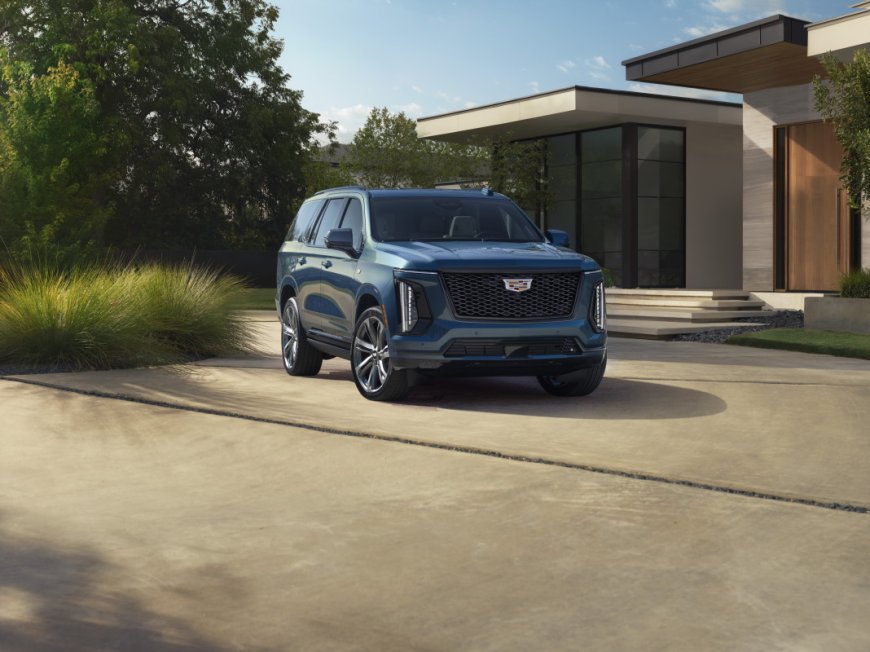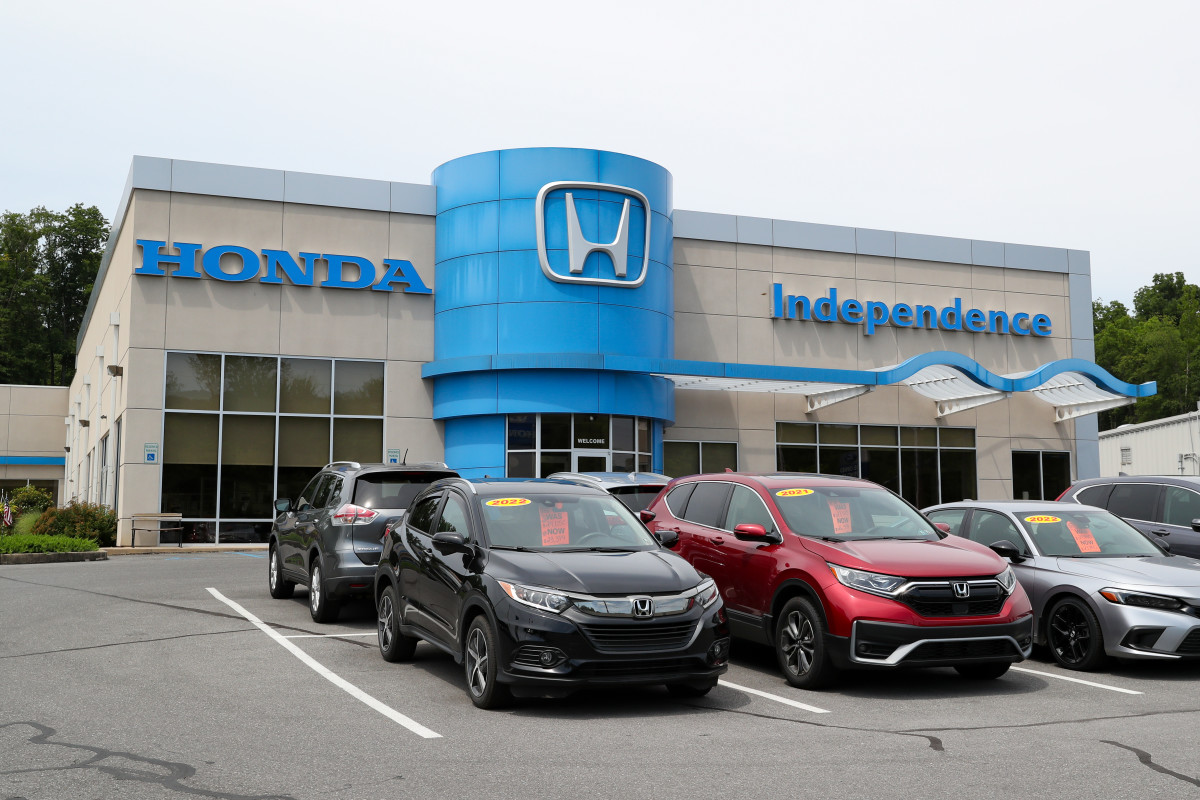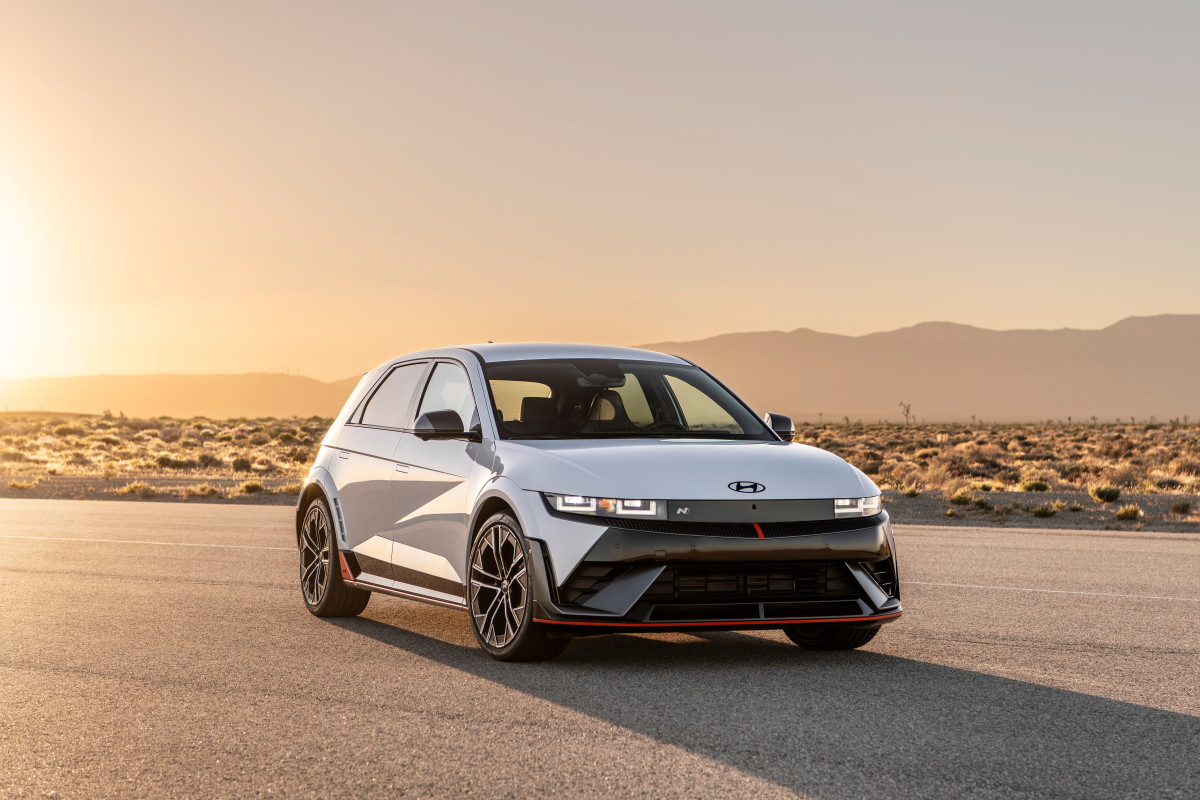How much is too much? New car buyers face record-high monthly payments
Nearly 1 in 5 new-car buyers now face $1,000+ monthly payments as affordability declines.

Car buyers are facing some of the highest monthly payments on record. According to Edmunds, 18.9% of new-car shoppers in the fourth quarter of 2024 committed to monthly payments exceeding $1,000—the highest percentage ever recorded. This marks a sharp increase in vehicle financing costs, reflecting rising car prices and a lack of affordable financing options.
Jessica Caldwell, Edmunds’ head of insights, noted the growing strain on consumers. “It's getting more and more difficult for the average shopper to walk into a new-car dealership and leave with a set of keys without feeling like they are forced to create extra room in their budget from some other aspect of life,” she said.
The average monthly payment for new vehicles rose to $754 in Q4 2024, up from $739 a year earlier. For used cars, the average monthly payment dipped slightly to $533, but it remains high relative to pre-pandemic levels.
Related: Honda just announced these jaw-dropping EV concepts at CES 2025: Are these the cars of the future?
Loan amounts hit new highs
Consumers also borrowed more than ever to finance their vehicles. The average loan amount for new cars reached $42,113 in Q4 2024, a significant jump from $39,977 in the same period the year before. Used car buyers took on an average loan of $28,675, slightly up from $28,643 in Q4 2023.
Interest rates, while still elevated, showed modest signs of improvement. The average APR for new car loans fell to 6.8% in Q4 2024, down from 7.4% a year earlier. Loans with longer terms, which are increasingly used to stretch out payments, also saw a drop in rates, averaging 7.8% compared to over 8% in previous quarters.
However, 0% financing deals remained scarce, comprising just 2.4% of newly financed vehicle purchases. These deals are typically reserved for buyers with excellent credit, leaving many consumers unable to access them.
Related: Tesla’s streak ends: EV sales decline for the first time in over a decade
Affordable alternatives for 2025
While traditional car-buying options are increasingly less affordable, there are a few areas of reprieve. Leasing electric vehicles (EVs) or purchasing used cars could help consumers manage costs without sacrificing quality.
"For longstanding new-car buyers coming back to the market for the first time in years, used purchases and new EV leases are your best bets to keep your monthly payment in line with what you were accustomed to in pre-pandemic times," said Ivan Drury, Edmunds' director of insights. That shift offers buyers the choice to either stick with familiar gas-powered vehicles by purchasing used or embrace the future with a more affordable EV lease.
Related: Carvana under fire: Research report claims turnaround is a "mirage"
Final thoughts
In 2025, flexibility and careful planning will be key for car buyers navigating a market where affordability feels increasingly out of reach. By considering used vehicles or taking advantage of new EV lease offers, consumers may find opportunities to stretch their dollars further.
As interest rates continue to decline, prospective buyers will be able to borrow more for less, but that’s only one end of the problem. To address the other end of the affordability crisis, automakers simply need to make cheaper cars.
Related: Toyota Supra buyers prove the manual transmission isn't dead yet











































